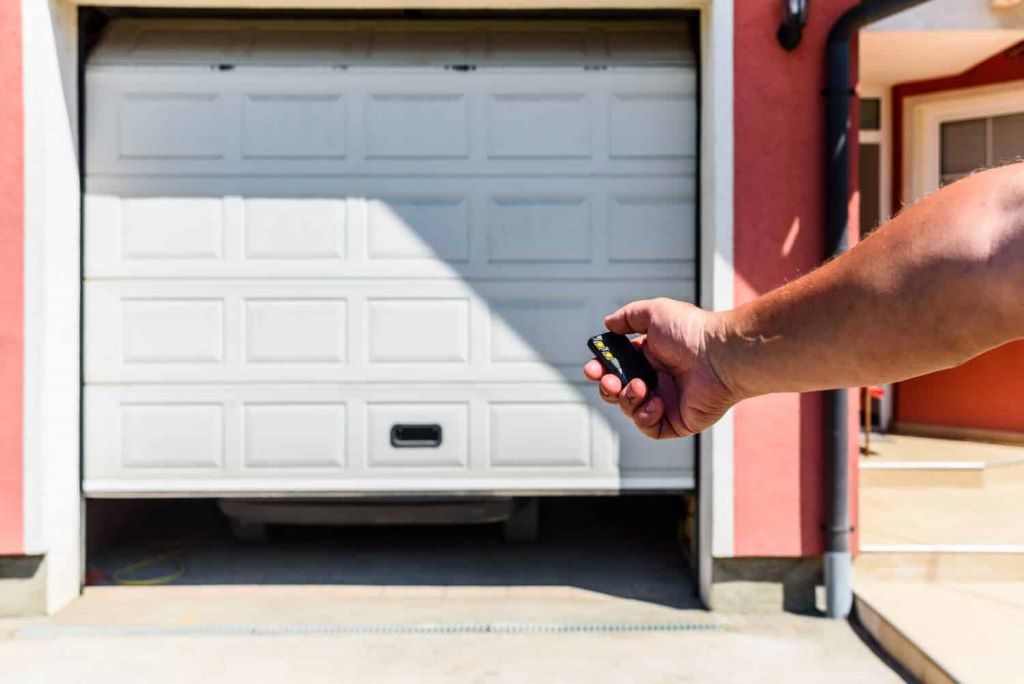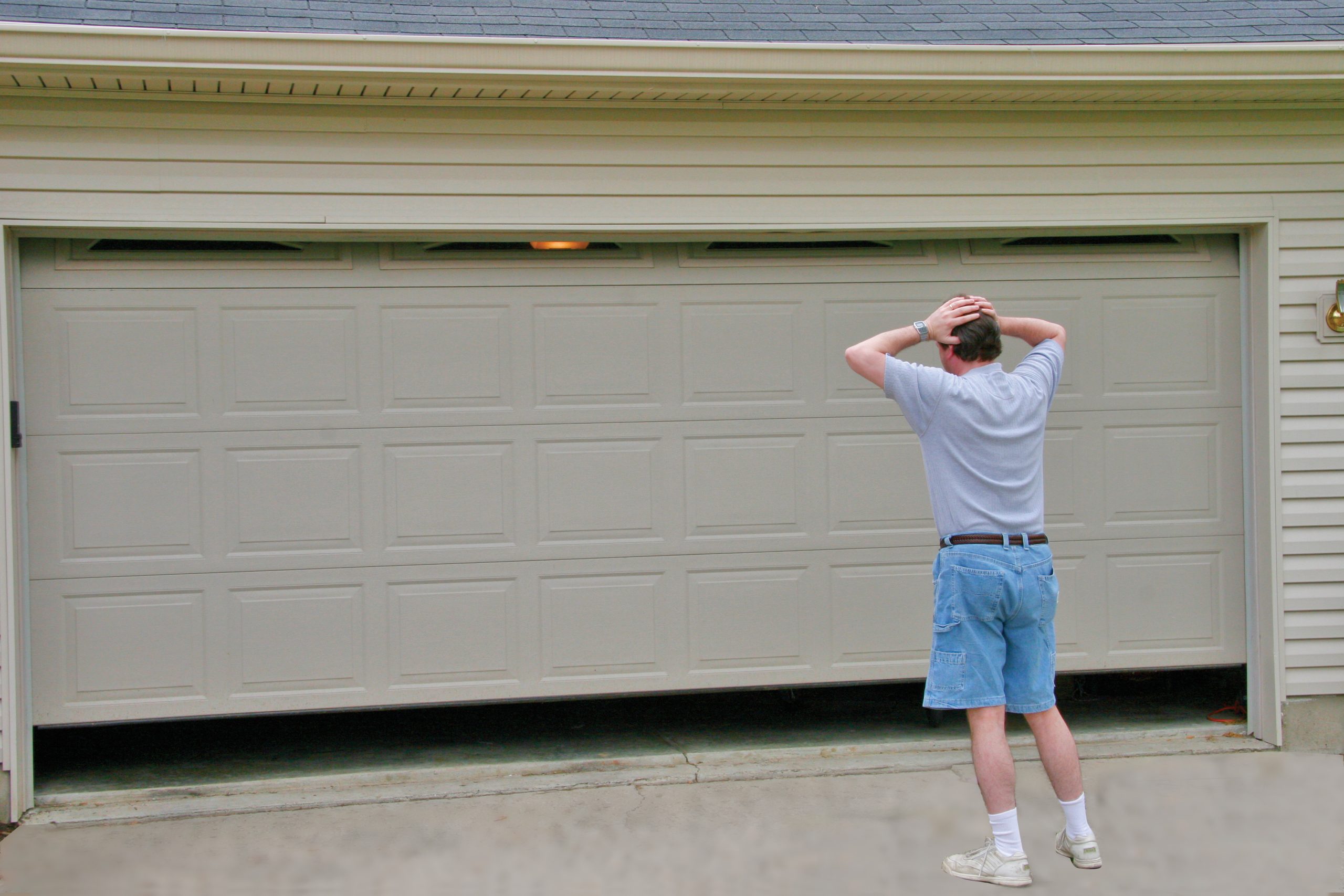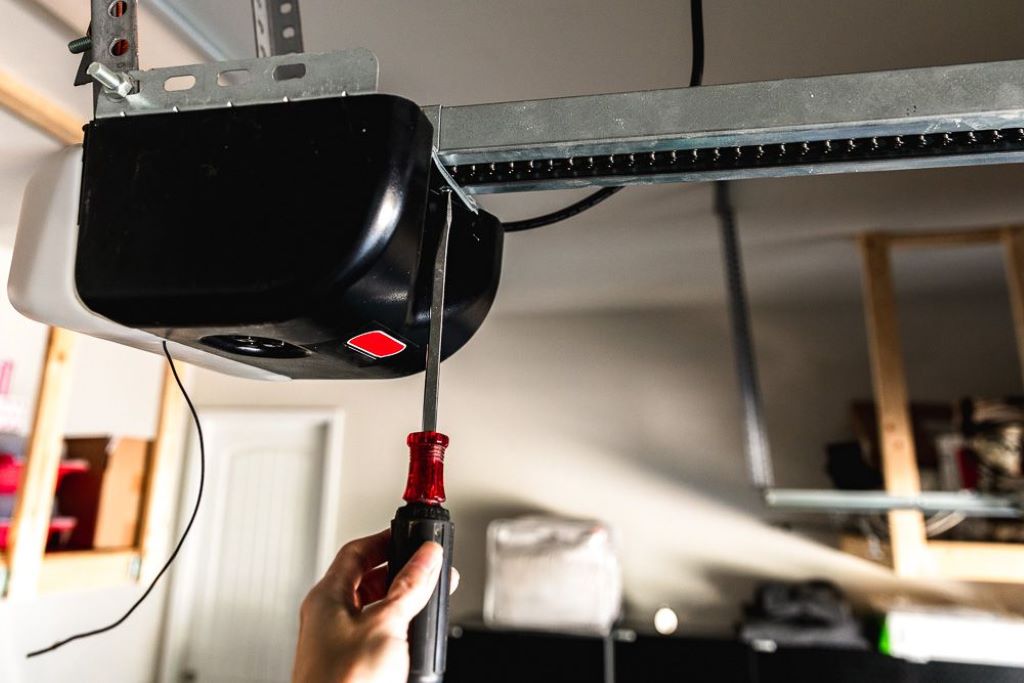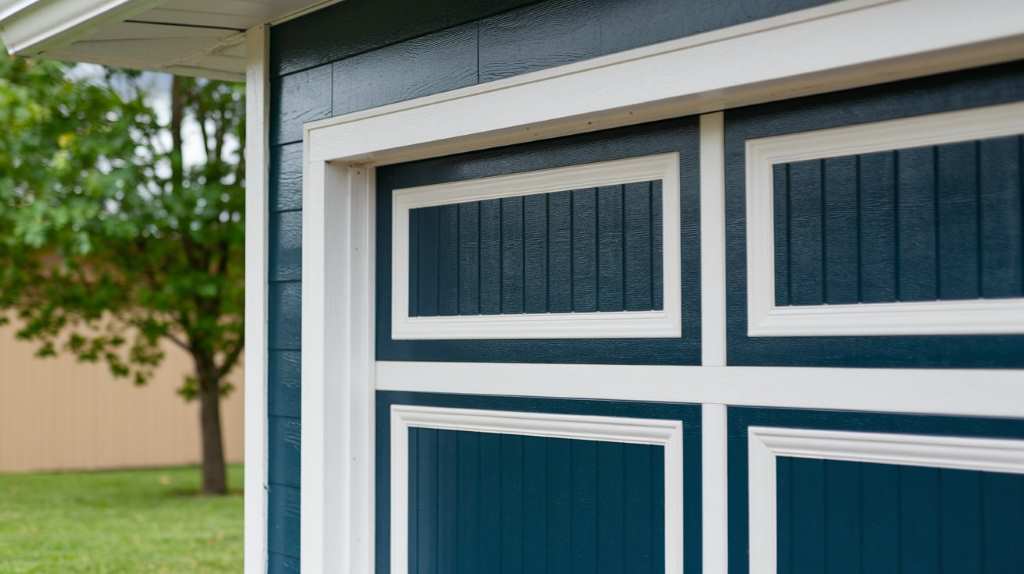Having issues with your garage door openers can be a significant headache. From strange noises to doors not opening or closing correctly, garage door opener problems often appear at the most inconvenient times. But don’t stress – troubleshooting and simple repairs can fix problems with garage door openers. Here’s your guide to navigating the most awkward garage door opener problems and getting your system functioning properly again.
Diagnosing the Problems with Garage Door Openers Issue
The first step in fixing any garage door opener problem is determining what’s going wrong. Here are some of the most common issues and what to check for:
Door Won’t Open
If your garage door doesn’t open with the remote or wall control, start by checking these things:
- Power – Check that the opener is plugged in and that any GFCI outlets haven’t tripped. Also, check the circuit breaker.
- Batteries – Make sure the batteries in your remote have enough juice. Replace them if they’re running low.
- Manual release – Pull the manual release handle to disengage the trolley and see if you can lift the door by hand. If the door opens manually, the issue is with the opener.
- Door tracks – Inspect the door tracks for any obstructions or damage preventing the door from moving correctly.
- Wall control – Try operating the door using the hardwired wall control instead of the remote. If the wall control works, your remote may be faulty.
The door Won’t Close
If you can get your garage door open but it refuses to close again, look at these potential culprits:
- Obstructions – Check for anything obstructing the door’s path along the tracks and in the doorway. Even small objects can interfere and cause issues.
- Force settings – Your opener’s force settings may be off. Most openers have adjustments for how much power is used when opening and closing.
- Photo eye sensors – Check if the photo eyes are misaligned or dirty. The “electric eye” sensors prevent doors from closing when an obstruction is detected.
- Limit settings – Improperly set limit switches could be preventing the door from closing all the way. Re-adjusting the limit settings may do the trick.
Opener Reverses Mid-Cycle
Does your garage door reverse before reaching the fully open or closed position? This usually means the safety sensors are detecting an obstruction. Try closing the door with no objects underneath and ensure the sensors are aligned and free of dirt and debris. You may also need to increase the force setting so the opener doesn’t reverse unnecessarily.
Noisy Operation
Squeaks, grinding noises, and rattling during operation likely indicate a mechanical issue. Here’s what to inspect:
- Door tracks – Check for dirt buildup and lubricate the rollers and hinges. Misaligned or damaged tracks can cause noise.
- Chain/belt – A sagging chain or loose belt may need tensioning. Listen for grinding or popping sounds.
- Springs – Old springs can squeak and rumble. Replacement torsion springs stop the noise and improve opening/closing.
- Loose hardware – Tighten any loose bolts, screws, and connections around the opener and mounts.
Remote Has Short Range
If your remote only works when standing beside the garage, try replacing the battery. Interference from nearby electronics may also affect the range. For stubborn short-range issues, you may need to replace the remote and program a new one.
Figuring out the specific problem will guide you toward the proper fix. The good news is most garage door opener troubles can be resolved with easy DIY repairs.
Quick Fixes and Easy Repairs
Once you’ve diagnosed the issue, here are some simple solutions for the most common garage door opener problems:
Lubricate the Parts
Garage doors stick, squeak, or stop working correctly due to lack lubrication. Loosening things up with lube can eliminate friction and debris buildup.
What to lubricate:
- Metal door tracks – Use garage door spray lubricant or silicone spray.
- Rollers – Lubricate roller stems with lightweight oil like WD-40.
- Hinges – Put drops of machine oil on all hinges.
- Chains or belt – Use SAE-30 weight oil or lubricant specifically made for garage door parts.
Pro tip: Lubricate hinges and rollers 2-3 times per year. Do the tracks annually or whenever they look dry.
Realign the Photo Eye Sensors
The photo eyes have sending and receiving units that must align precisely. It can stop the door from closing if it gets knocked out of alignment. Fortunately, realigning them is as easy as loosening the screws and adjusting the units to face each other correctly. Just be sure the eyes are no higher than 6 inches from the garage floor.
Increase the Force
If your garage door reverses before closing fully or has difficulty opening, it may simply lack the power needed. The force control setting regulates how much power the opener uses. Adjust the force in small increments until the door operates smoothly. Use the minimum force necessary – excessive force can damage the door over time.
Tighten Loose Hardware
It’s not unusual for screws, bolts, and nuts on garage door components to gradually loosen from vibration. Grab a screwdriver and socket wrench, and snug any loose fasteners on mounts, tracks, hinges, rollers, and panels. This simple tightening prevents rattling noise and slipping issues.
Clear Debris from the Tracks
Check the tracks regularly for gunk buildup. Accumulated dirt and grease can obstruct the door’s movement. Use an old rag to wipe tracks clean. You can also use a hair dryer to melt stuck-on gunk. Just be careful not to damage track surfaces. The wheels will run smoothly after removing debris from the tracks.
Replace the Batteries
Before calling for service, try swapping out dead batteries in the remote. Low battery power decreases remote range. For the motor unit, replace backup batteries every 2-3 years if your opener has them. Motor unit batteries allow operation during power outages.
These quick repairs take care of many common garage door issues. But it may be time to bring in a professional for problems involving broken parts or complex programming and settings.
Know When to Call a Pro
While DIY maintenance and simple fixes on problems with garage door openers can solve many garage door opener headaches, specific problems are better left to the experts:
Burnt Out Motor
If your motor unit smells burnt and the opener stops working, the motor likely needs professional replacement. Torsion springs may also need resetting after motor replacement.
Complex Repairs
Broken door panels, frayed cables, bent tracks, and severe damage often require a garage door pro’s expertise. They have the tools and knowledge to make complex repairs safely and correctly.
Sensitivity Adjustments
If adjusting the force and limit settings yourself doesn’t solve issues like reversing mid-cycle or doors not closing, the opener may need sensitivity calibration by a technician.
Software Problems
Your best bet is to contact the manufacturer for opener problems involving Wi-Fi connectivity or app-based software. Technical support can troubleshoot software glitches and connectivity issues.
Safety Concerns
It’s not worth the injury risks. Leave complex mechanical repairs, spring resets, off-balancing doors, and high ladder work to seasoned garage door repair companies. Don’t mess with torsion spring problems.
When diagnosing your garage door issues proves tricky, or you feel out of your depth, calling a professional is wise. Look for licensed technicians affiliated with reputable garage door companies in your area.
Improving Safety and Preventing Future Problems
Avoiding future garage door frustrations starts with maintaining safety:
- Check cables – Look for fraying or damaged cables. Have cables replaced before they snap.
- Test auto-reverse – Ensure the auto-reverse works by placing a small object under the door as you close it.
- Do safety inspections – Have professionals conduct twice-yearly inspections/tune-ups. They’ll catch minor issues before they become big problems.
- Update old openers – If your opener is over ten years old, consider upgrading to a modern model with advanced safety features.
You can also reduce future troubles by:
- Lubricating all moving parts 2-3 times per year
- Keeping photo eyes clean
- Replacing old batteries in remotes/keypads
- Checking for a balanced door
- Removing obstructions near the door
And avoid using excessive force when opening and closing. Let the electric opener do the work!
FAQs
What’s the typical lifespan of a garage door opener?
With proper maintenance, an opener should last 10-15 years. Older openers can start having issues necessitating repair or replacement.
Why does my opener struggle to open or close the door?
Lack of lubrication, track obstructions, and misaligned sensors can make doors stick. It could also indicate weakening springs needing replacement.
Why does my garage door reverse or stop midway?
When photo eye safety sensors detect an obstruction, they trigger the auto-reverse to stop and back up. This prevents injury or damage.
Why does my opener keep running after the door closes?
The limit settings may need adjustment if it’s continuing to run after fully closing or opening. Limit screws and fine-tune the door’s stopping points.
How do I get my old remote to work with a new opener?
You’ll have to sync the old remote to the new opener system. Most new openers come with instructions for programming old remotes.
In Summary
Dealing with a demanding garage door system can quickly become frustrating. But armed with a bit of DIY knowledge, you can troubleshoot and fix problems with garage door openers:
- Thoroughly diagnose problems before attempting repairs.
- Try quick fixes like lubricating, tightening bolts, and realigning sensors.
- Know when more complex maintenance calls for a professional.
- Make safety a priority through pro inspections and modern openers.
- Maintain your opener by lubricating, replacing batteries, and removing debris.
When tackling the task of repairing a garage door cable, it’s crucial to remember that with attentive care and maintenance, your garage door opener should give you years of reliable, trouble-free performance. But if quirks arise, this guide equips you to confidently get your garage door back in working order.






